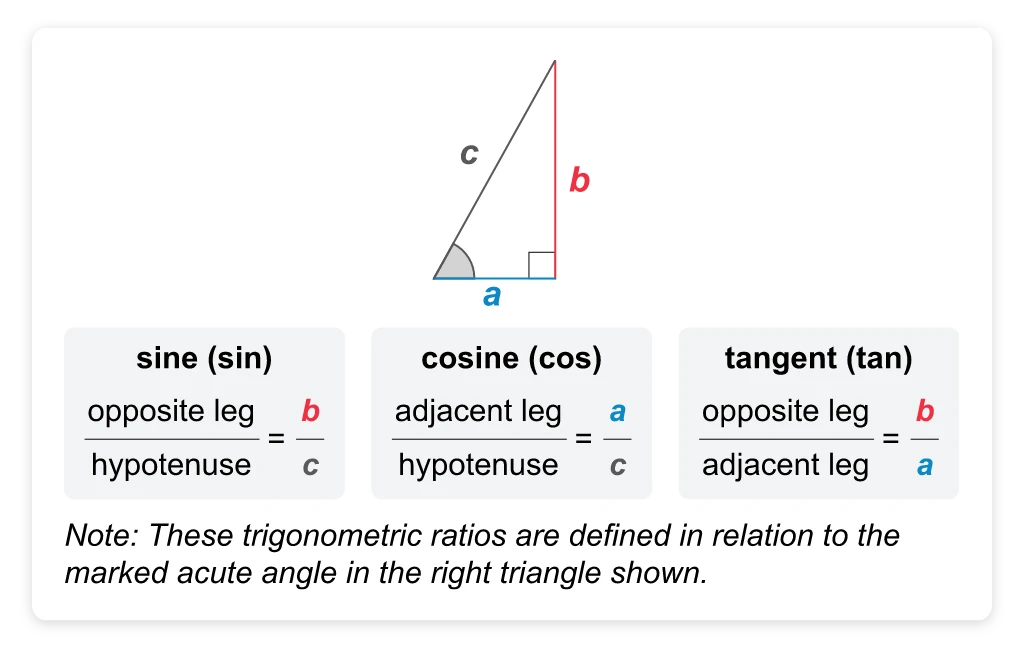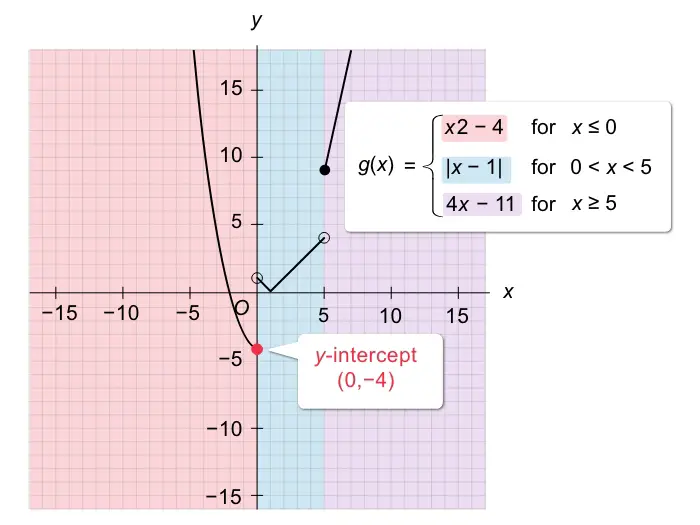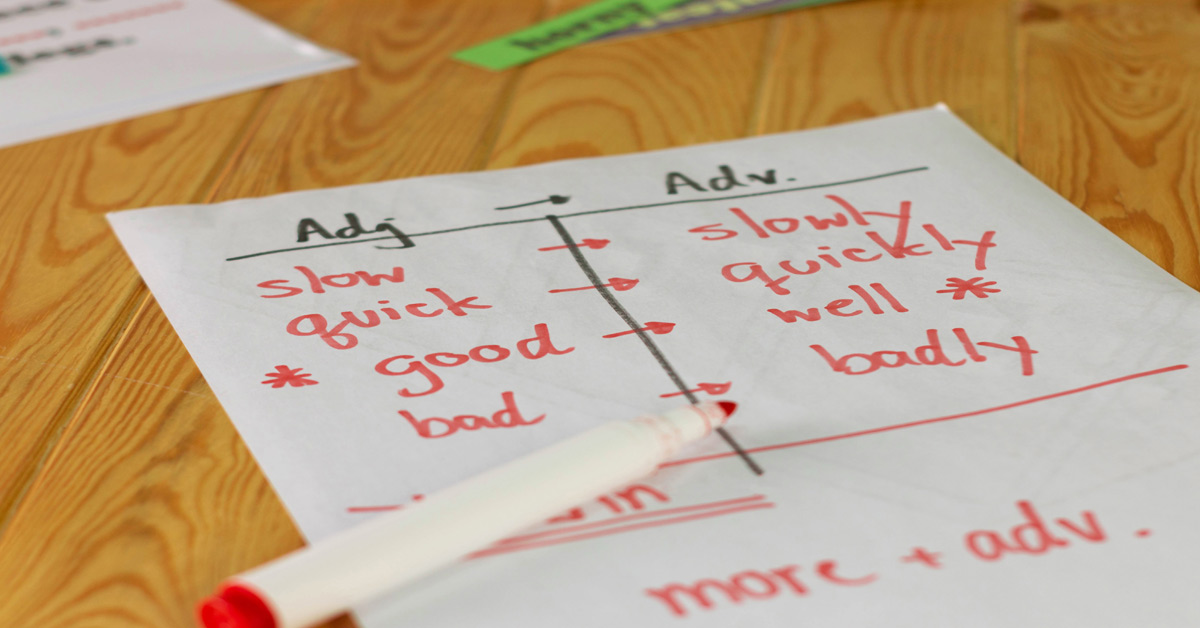The ACT® Math test is an hour long exam comprising 60 questions. It’s essential to be strategic and avoid careless mistakes that can eat up precious time and lower your score. Whether you’re taking the ACT for the first time or looking to improve your score, this guide will help you avoid the most common mistakes that keep many test-takers from getting a high score.
Not managing time properly
- Practice with time constraints
- Skip and revisit
Using wrong formulas or equations
- Understand the concepts
- Use acronyms or mnemonics
Misreading or Misinterpreting the question
- Don’t rush while reading
- Pay attention to units, dimensions, and diagrams
Incorrect use of calculators
- Know your calculator
- Don’t rush
Overlooking important details
- Highlight important details
- Don’t underestimate written calculations
Panicking over unfamiliar question formats
- Look for clues in the question
- Apply general problem solving strategies
- Practice with time constraints
- Skip and revisit
- Understand the concepts
- Use acronyms or mnemonics
- Don’t rush while reading
- Pay attention to units, dimensions, and diagrams
- Know your calculator
- Don’t rush
- Highlight important details
- Don’t underestimate written calculations
- Look for clues in the question
- Apply general problem solving strategies
Not Managing Time Properly
You’ll have an average of one minute per question. Working within such time constraints is challenging, so learning to pace yourself is key.
Here’s how you can manage your time better:
- Practice with time constraints:
To develop the habit of managing your time effectively, it is important that you practice by taking numerous timed mock tests. Try practicing with shorter time constraints to have a few spare minutes at the end to review your work. - Skip and revisit:
Ideally, you shouldn’t spend more than 45‒50 seconds on one question. If a question is taking too much time, skip it and come back to it later.
Misreading or Misinterpreting the Question
Some of the problems on the ACT Math test can be a bit convoluted, students often end up finding solutions to a question that isn’t being asked.
Here’s how you can avoid misreading or misinterpreting questions:
- Don’t rush while reading:
Read the question slowly and carefully. Think about what the question is asking, and what information or formulas you need to solve it. - Most wrong answer choices are designed to align with common misreadings. For example, when the median of a set of data is required, the mean will be included in the choices; when the seventh term in a sequence is required, the fourth, fifth, and sixth might be included; or, when a function should be shifted right/left, the opposite shift will be included.
The ratings given below were published by 10 critics of a new blockbuster movie. What is the median rating?
57, 81, 77, 66, 79, 81, 80, 72, 73, 84
| A. 75 | ||
| B. 77 | ||
| C. 78 | ||
| D. 79 | ||
| E. 80 |
For an ordered list with an even number of values, the median is the average of the two middle values.
The given list is not in order, so first order the numbers from least to greatest. This list has an even number of values (10), so average the two middle values to find the median.
| 57, 81, 77, 66, 79, 81, 80, 72, 73, 84 | Given list of numbers |
| 57, 66, 72, 73, 77, 79, 80, 81, 81, 84 | Arrange the numbers in order from least to greatest |
| 57, 66, 72, 73, 77, 79, 80, 81, 81, 84 | Identify the two middle values |
| Average the two values to find the median |
The number 78 is the average of the two middle values of the ordered list, so the median is 78.
(Choice A) 75 is a result of finding the mean instead of the median.
(Choice B) 77 is a result of incorrectly identifying the fifth value in the ordered list as the median.
(Choice D) 79 is a result of incorrectly identifying the fifth value of the given list or the sixth number in the ordered list as the median.
(Choice E) 80 may result from calculating the average of the two middle values without first ordering the list from least to greatest.
Things to remember:
- The median is the middle value of a list of numbers arranged in increasing order.
- For an even number of ordered values, the median is the average of the two middle numbers.
- Pay attention to units, dimensions, and diagrams:
Double check whether you used the same units and dimensions given in the question to solve the question. Study diagrams thoroughly. Draw additional shapes and lines to visualize the problem.
Using Wrong Formulas or Equations
Unlike the Digital SAT, you are not provided a reference formula sheet for the ACT. Thus, it’s crucial to know all the formulas and equations. Even a slight mistake can lead to incorrect answers.
Here’s how to remember all the formulas:
- Understand the concepts:
Instead of rote memorization, try understanding the concepts behind the ACT math formulas. Make flashcards ‒ write the formula on one side and its concepts on the other side of the card, but also use visual cues and metaphors to help solidify your foundational understanding. - For example, Distance Formula is often easier to understand for students who recognize it as an application of the Pythagorean Theorem. That is, the distance between two points on a graph can be found by drawing a right triangle, using the line segment between the points as the hypotenuse.

- Use acronyms or mnemonics:
Memorizing formulas can be tricky. Try creating acronyms or mnemonics.
For example, the SAT tests your understanding of the relationship between a right triangle’s side lengths and its angles. The acronym SohCahToa is an easy way to remember those relationships.

| SOH | CAH | TOA |
| Sine of an angle is equal to the length of its Opposite leg divided by the Hypotenuse | The Cosine of an angle is equal to the length of its Adjacent leg divided by the Hypotenuse. | The Tangent of an angle is equal to the length of its Opposite side divided by the length of its Adjacent side. |
Incorrect Use of Calculators
Calculators are valuable tools but they aren’t foolproof. A simple typo can cost you.
Here’s how you can avoid calculator errors:
- Know your calculator:
Use your practice calculator on test day. This will reduce the chances of making errors or getting stuck due to an unfamiliar feature.
- Don’t rush:
Double check all of your inputs. Once you’ve gotten an output you think is correct, run through the calculations once more to make sure you receive the same result..
Don’t forget to follow the ACT calculator policy to avoid violating testing rules and regulations.
Overlooking Important Details
Slow down when reading the questions. It’s important to keep up a good pace, but feeling rushed and anxious can make you overlook important information.
- Highlight important details:
Students commonly overlook units of measurement, signs, fractions, decimals, exponents, and roots. As you read the question, highlight these details to make your calculations clearer and easier.
- Don’t underestimate written calculations:
Always show your work. Writing down your steps makes it easier to review calculations and catch any mistakes. Practicing this will reduce the chances of a mistake going unnoticed.
Panicking Over Unfamiliar Question Formats
Sometimes, questions that may be solved using common concepts are present in unfamiliar formats. Don’t be intimidated.
Here’s what you can do when you come across an unfamiliar question:
- Look for clues in the question:
Ask yourself if there are any familiar terms or concepts you recognize. Break the question into smaller parts and see if they’re similar to a question type you have seen before. - For example, not every question that describes a shape is accompanied by an image, but drawing it out (or annotating any image that is provided) frequently makes the relationships between the given data and the correct answer more obvious.
- Apply general problem solving strategies:
If you can’t figure out how to approach a question, try eliminating the obviously incorrect answers, working backwards, using trial and error, or drawing a diagram.
Practicing is the only way to enhance your math abilities. To get your desired score, use UWorld’s ACT math practice test, which includes thorough answer explanations for each answer choice and tools for tracking your progress. Also, check out our ACT math study guide to learn the tips and strategies for making an effective study plan.





